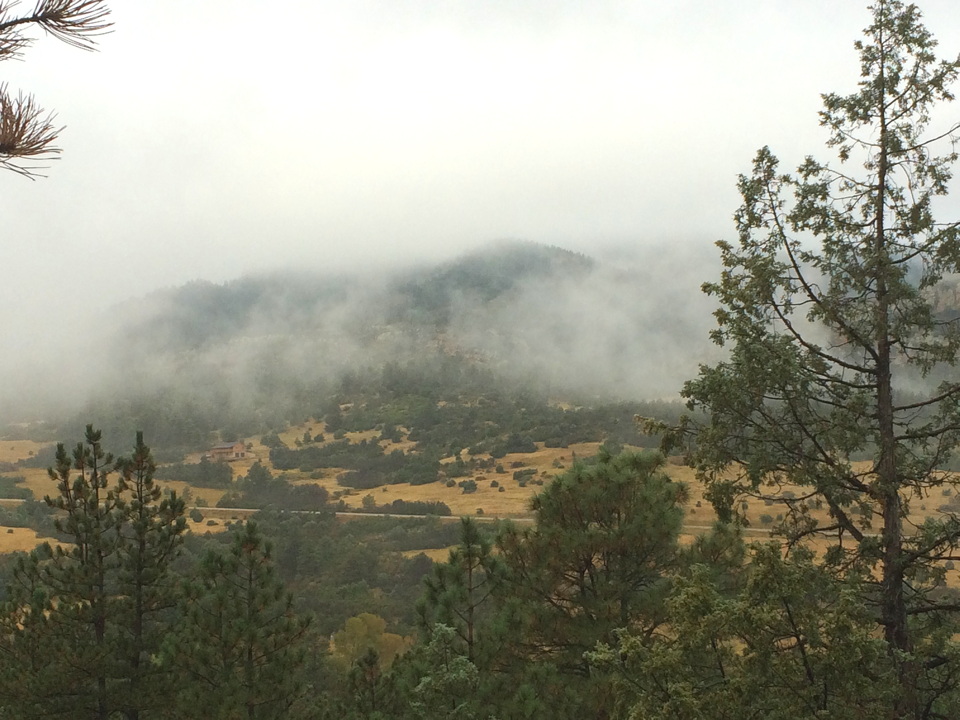
When I went to graduate school, I wanted to write a paper on how so many interesting natural sites have “Devil” or “Devil’s” in their name. Devils Tower National Monument in Wyoming might be the best-known in the United States.((The federal government has been confused by the possessive apostrophe since the early 1900s.))
There are several “Devil’s Kitchens,” “Devil’s Playgrounds,” etc. Not too far from where I live, a circular valley adjacent to the canyon of the Arkansas River in central Colorado is known locally as either “Big Hole” or “Devil’s Hole.”
I thought that maybe I could trace the proliferation of “Devil” names back to a literal interpretation of the (sometimes) Christian teaching about Satan being “the prince of this world,” but the topic never fit into any class I took and definitely not with my thesis topic, so the database printouts, etc., still rest in a file cabinet across the room.
Meanwhile, the operators of a limestone mine near the town of Glenwood Springs, Colorado, want to expand it drastically. But something “witchy” is in their way.

Where you have limestone, you have caves. (See much of Missouri and Kentucky, for example.) In Glenwood’s case, while the town started as a mining camp, it grew into a Victorian-era resort, with a well-known geothermal pool overlooked by a massive Italianate hotel, the Hotel Colorado.1 There are several other hot springs and caves open to the public — the “historic” Fairy Caves became a tourist attraction in 1886, complete with electric lights.
In fact, in 2018 the National Caves Association Convention held its annual meeting there — that is the trade group for operators of private cave tours. Now, conveniently and fortuitously, the discovery of a new cave has been announced, whose presence might be another obstacle to expanding the limestone mine.
After subsequent explorations last fall, the [finders] wrote a report detailing their discovery — including warm, moist air blowing from fissures leading to lower levels, potentially indicating a connection to geothermal systems that feed the city’s hot springs below — and submitted it to the [Bureau of Land Management] for review as the agency analyzes the expansion plan.
In other words, if mining geothermal system extends out into the area that the company wants to mine, the expanded mine would put the hot springs themselves in danger and, consequently, much of the town’s recreation-based economy.
I smiled at this part:
The pair named the cave — the first new cave found in the area since 1985 — Witches’ Pantry after the pile of animal bones they found below the steep entrance.
“Like bones stored for cooking a witch’s brew,” Rhinehart said.
I suppose that is better than calling it “Devil’s Cave.” Just a little. You can see some photos at the link.
- I have stayed there, part of an informal attempt to stay at places that Theodore Roosevelt also frequented. [↩]












